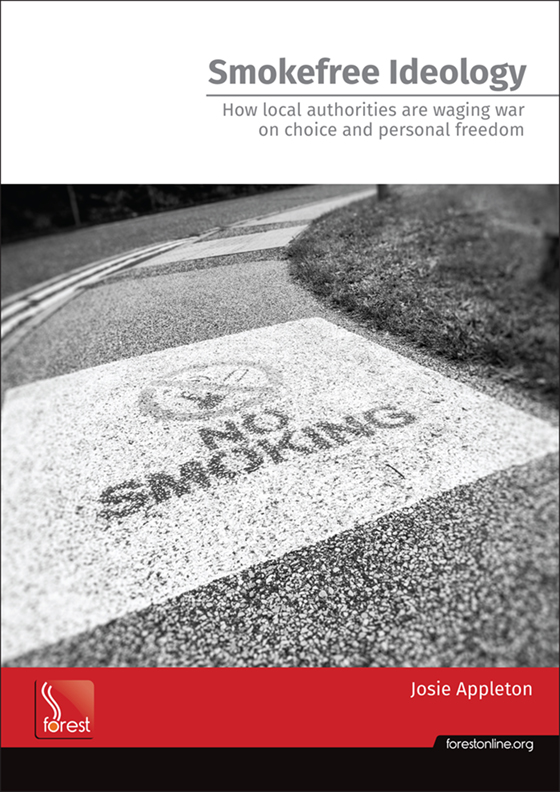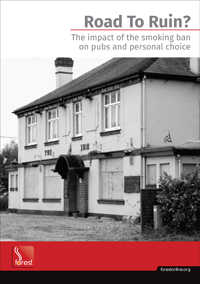Chelsea, George and me
 Monday, May 21, 2012 at 14:20
Monday, May 21, 2012 at 14:20 I was intrigued to read George Osborne's reaction to Chelsea winning the Champions League on Saturday.
After describing it as an "unforgettable night" (which it was), the Chancellor, who was at the match, told The Times, "I first started going to Chelsea games in the mid-Nineties when I lived off the North End Road, ten minutes walk from Stamford Bridge ..."
This struck a chord because I first started going to Chelsea games in the early Eighties when I lived off the North End Road, 20 minutes walk from Stamford Bridge. At that time I too went to most home games but that's probably where the similarity ends.
Credit to Roman Abramovitch and the 'Special One', but the underrated Glen Hoddle era that Osborne is referring to was actually the beginning of what came to fruition on Saturday night.
Before he left to become manager of England, it was Hoddle – with the support of former chairman Ken Bates – who changed the culture of the club and put in place the foundations that led, ultimately, to Saturday's extraordinary finale. In fact, without Ken Bates Chelsea Football Club might not even exist today.
In the Eighties, when I went regularly to Stamford Bridge, things were in a very bad way. My first visit was in 1980, shortly after I moved to London. I began supporting Chelsea in 1967 after they lost the FA Cup final to Tottenham but my family moved to Scotland two years later and after that my primary allegiance was to Dundee United whose modest little ground was just five miles away.
As soon as I graduated from Aberdeen and moved to London, however, Stamford Bridge was the first place I wanted to go on a Saturday afternoon.
The timing could hardly have been worse. Having enjoyed a relatively successful period between 1963 and 1972, the club was in meltdown. They were playing in the old Second Division, having been relegated two years earlier. World Cup winner Geoff Hurst was the manager but in 1980-81 the team finished twelfth and Hurst was sacked. (They even lost a pre-season friendly to Dundee United, 3-0, and no-one, least of all me, was surprised. United were a far better team.)
The stadium, which looked enormous on television with its running track and vast acres of space behind each goal, was in a terrible state with the exception of one towering stand that had been built in the mid Seventies.
The 'new' East Stand was supposed to herald the re-building of Stamford Bridge. It was meant to be the first of four new stands encompassing all sides of the ground but success on the field disappeared at the very moment that building work began.
Not only were three sides of the stadium falling apart, crowds were often as little as 12,000 in a stadium that – before all-seating was introduced in the early Nineties – had once accommodated 80,000.
Undeterred, I went to most home games and experienced some thrilling moments. The name Mike Fillery won't mean anything to you but to those of us who watched Chelsea at that time he was our Glen Hoddle. He was later transferred to Queens Park Rangers when they were promoted and Chelsea were left stranded, like a beached whale, in the Second Division.
One moment – which I remember vividly to this day – was little Pat Nevin beating at least five players from the halfway line before dribbling around the goalkeeper only to shoot wide. It didn't matter. The crowd stood and gave him a standing ovation and Chelsea went to win the match, against Newcastle, 4-0.
You never forget moments like that. But nor can I forget the time in the mid Eighties when Chelsea lost a League Cup semi-final to Sunderland (over two legs) and at the end of the second leg at Stamford Bridge hundreds of 'fans' ran on the pitch and several tried to assault Clive Walker, a former Chelsea player. In court, at least one gave his occupation as "accountant".
Watching football was no longer fun. Terrible, half empty stadiums with a disproportionate number of thugs on the terraces or loitering outside the ground. It wasn't hard to avoid them but going to football in London wasn't for the faint-hearted. I once stood behind the goal at White Hart Lane to watch a North London derby and spent most of the match fending off half bricks that were lobbed in our direction by Arsenal fans 50 yards away.
Things began to change for the better in the early Nineties. Beginning when Hoddle was manager the fun returned to Stamford Bridge but at a price. The last time I took my son to a match the cost of tickets, travel and match programme was well in excess of £100.
Today it's cheaper to drive to Dundee and watch a game at Tannadice, overlooking the silvery Tay, before driving home via Anstruther in Fife where we can park the car and eat the best fish and chips in Scotland on a bench overlooking the harbour.
That said, my son and I celebrated as much as anyone on Saturday night and I apologise to the dog for giving it the shock of his life when Drogba scored the winning penalty.
That's football for you.











Reader Comments